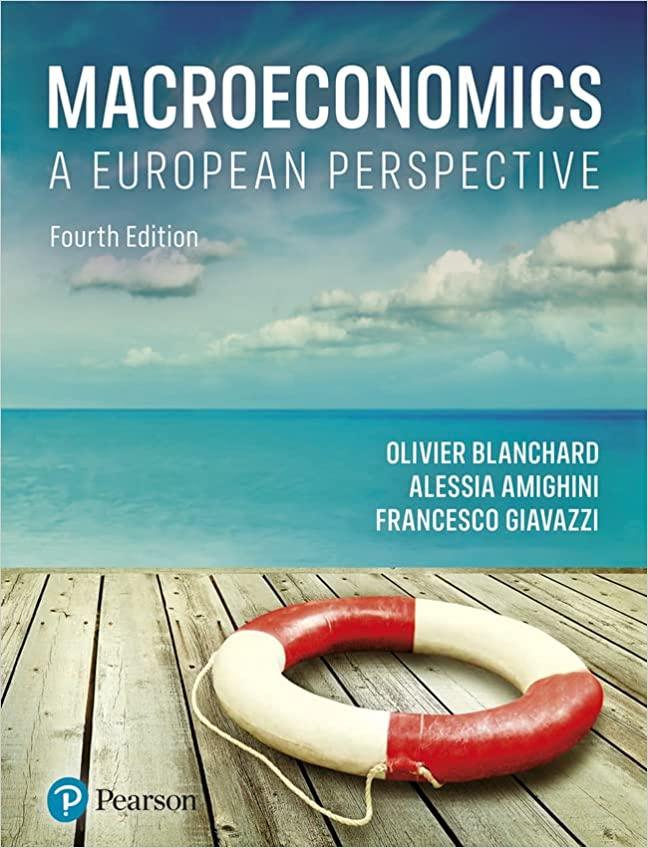How can a lockdown result in stagflation? A lockdown can have three different effects: a. The first
Question:
How can a lockdown result in stagflation?
A lockdown can have three different effects:
a. The first happens when demand during the lockdown decreases so that actual output, \(Y_{t}\), falls exactly to the new (lower) level of potential output, \(Y^{\prime}{ }_{n}\). Output falls in the short run and will remain at the new level in the medium run. Neither fiscal nor monetary policy can aim to increase output more than the new potential level: any expansionary policy in the short run will be ineffective in the medium run, because any higher demand cannot be satisfied at the new potential output \(Y_{n}^{\prime}\). Inflation will not move; therefore the lockdown will only result in a decreased level of output.
b. If, instead, the fall in demand is much larger than the fall in production, output in the short run falls more than the new level of potential output, \(Y_{t} c. Finally, what happens if the fall in demand is smaller than the fall in production? Output in this case falls less (in the short run) than the new level of potential output, \(Y_{t}>Y^{\prime}{ }_{n}\). At the same time, as output is above the new potential level, \(Y_{n}\), thereby generating inflationary pressures, i.e. expected inflation, \(\pi^{e}\), falls below \(\pi\). As output shrinks, while demand exceeds output, the economy enters stagflation. To prevent overheating of the economy, the central bank must raise interest rates to \(r^{\prime}{ }_{n}\). In this case, expansionary fiscal policy would push inflation up even more, but could not compensate for the loss in potential output.
Step by Step Answer:

Macroeconomics A European Perspective
ISBN: 9781292360898
4th Edition
Authors: Olivier Blanchard, Alessia Amighini, Francesco Giavazzi





